Thermal Grizzly 12th Gen Contact Frame
As mentioned, we have already tested the Thermal Grizzly frame in the past. The temperature improvement with the Corsair XC7 block was around 4 °C and depending on the tightening torque, the DDR5-7000 overclocking could also be stabilized. But I could not set or measure the torque at that time; that’s just now subsequently. Regarding the appearance and scope of delivery, I would like to refer to the previous article.
As an external comparison feature of the frames, there is now also a simple measurement of the thickness at the screw points. As you would stereotypically expect from a German engineering product, the differences in the thickness of the frame between the corners amount to less than 1 hundredth. So far, this measurement may sound pointless, but wait until the other frames.
Since the Thermal Grizzly Frame does not rest on the motherboard’s PCB, the torque of the screws is decisive for the contact pressure of the CPU in the socket. You can do a lot wrong here even with too much contact pressure, as the results will show in a moment. According to the instructions, 0.03 – 0.06 Nm are recommended, with both values being used as test points. Furthermore, I would like to reproduce my assembly from the previous part, with which I was able to achieve the best or most reliable results at that time. The assembly seen there, where the frame can still be moved minimally on the CPU, corresponds to about 0.01 Nm.
 In fact, the system can be stabilized with all 3 of these test points, with the 0.01 Nm variant requiring reassembly. The temperature savings are again in the range of 4-5 °C, whereby the lower torque is apparently followed by lower temperatures. For the sake of interest, there is therefore also a test point with 0.005 Nm – the lowest that my torque wrench can still display on the scale. In fact, the temperature savings are scaled once again, but the RAM overclocking cannot be stabilized after several installations. The contact pressure in the base is then apparently too low or not distributed evenly enough.
In fact, the system can be stabilized with all 3 of these test points, with the 0.01 Nm variant requiring reassembly. The temperature savings are again in the range of 4-5 °C, whereby the lower torque is apparently followed by lower temperatures. For the sake of interest, there is therefore also a test point with 0.005 Nm – the lowest that my torque wrench can still display on the scale. In fact, the temperature savings are scaled once again, but the RAM overclocking cannot be stabilized after several installations. The contact pressure in the base is then apparently too low or not distributed evenly enough.
For interest, there is also a test completely without frame or ILM, where the CPU is loose in the socket and only the XC7 water block and the thermal paste provide the contact pressure. This works surprisingly well and in turn can also run the RAM stably at DDR5-7000. The Thermal Grizzly Frame with 0.005 Nm shouldn’t fail because of too little force alone. The temperature savings without a frame are also very close to the values measured so far, which already makes the minimalistic configuration very tempting. The only big disadvantage is that the CPU is no longer held in the socket when the cooler is removed and can therefore be damaged very quickly.
The temperature advantage and operating stability of the Thermal Grizzly frame can therefore also be reproduced in this test series with slightly different conditions, as long as the torque is right. However, this is the crux for the layman, so that most users will probably need several installation attempts until a temperature advantage and no stability disadvantage is set. On the negative side, there is the relatively high price compared to the other frames and the rather limited availability, which unfortunately has not improved noticeably since our last article.















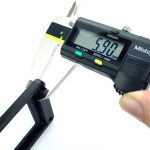
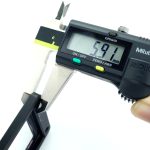
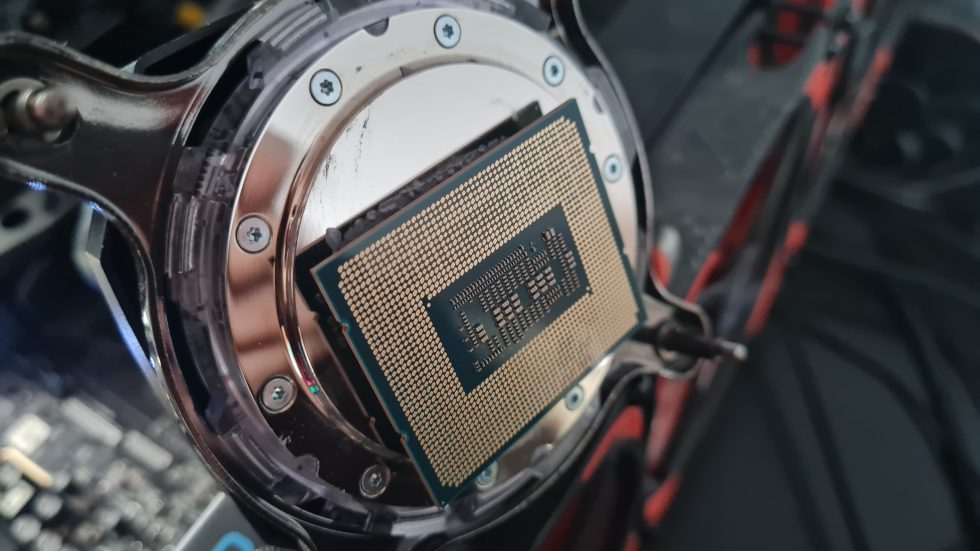

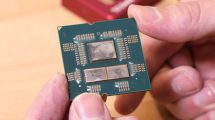

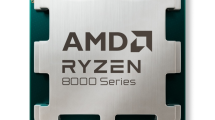













Kommentieren